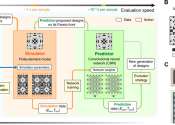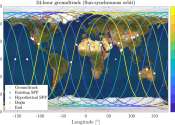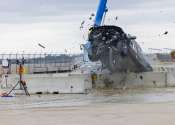Shedding light on the intricacies of numerical simulations of soil behavior
A solid understanding of soil mechanics and behavior is one of the fundamental pillars of geotechnical engineering. The stability and resilience of many modern geotechnical structures, including building foundations, dams, ...
Feb 28, 2024
0
5









